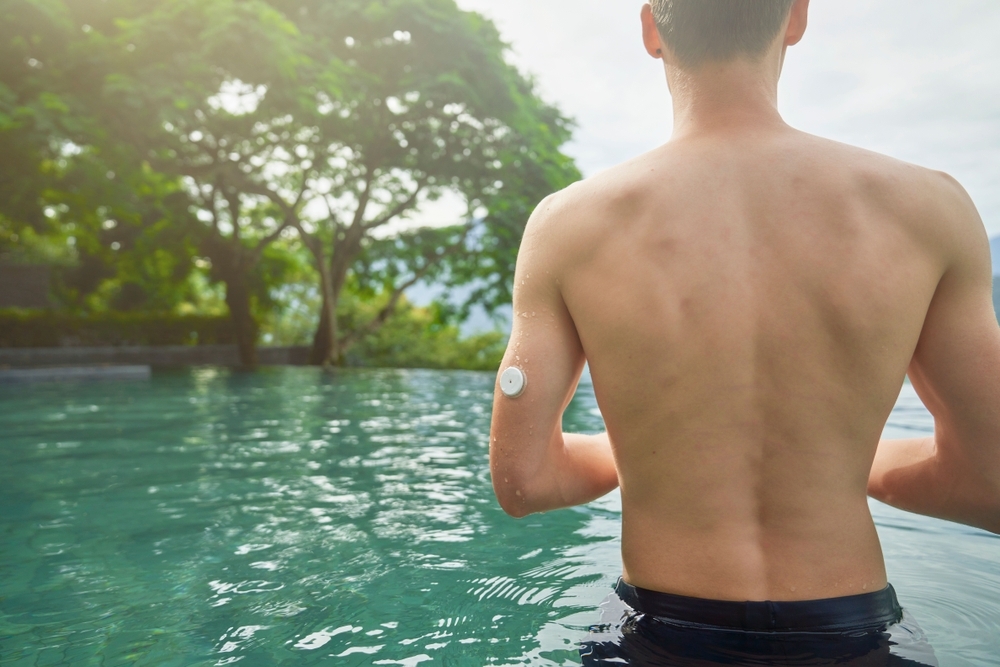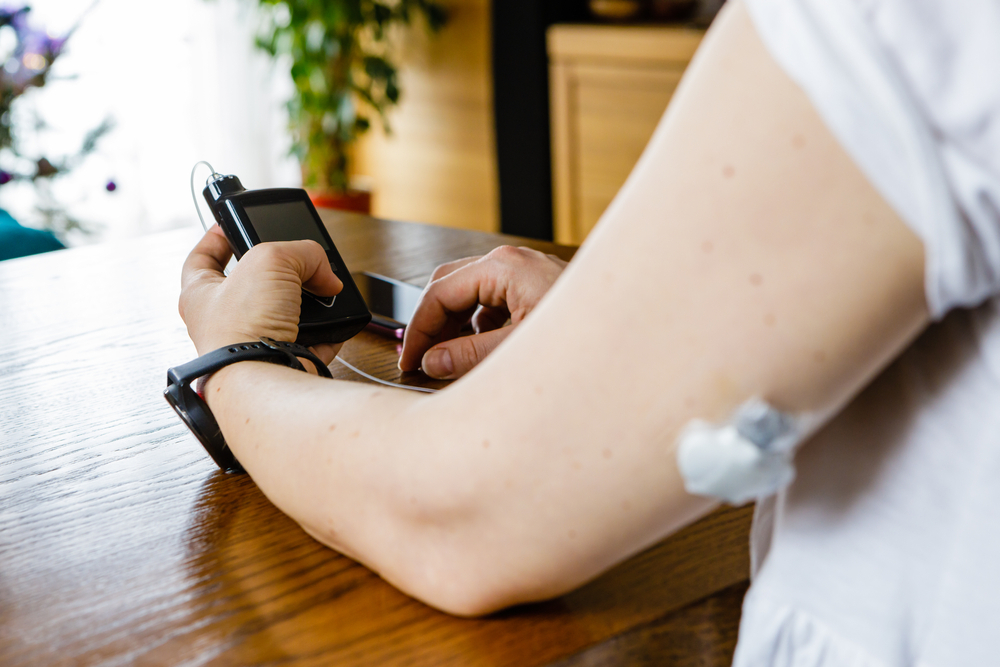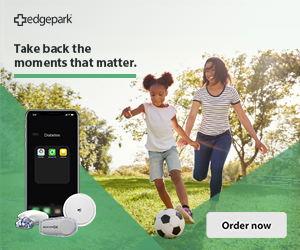Continuous glucose monitoring technology has come a long way
Continuous glucose monitoring technology is undoubtedly the most exciting development within the diabetes community in recent years. These cutting-edge devices provide a way for people living with diabetes to check their blood sugar levels — multiple times every day — without fingersticks.
For anyone who's experienced the sore fingers that often go hand-in-hand with blood glucose monitoring, this is a welcome relief. Continuous glucose monitors (CGMs) have improved dramatically in the last several years, now offering functionality that helps individuals (and their family members) stay informed of their condition in real time.
If it's been a while since you took a serious look at continuous glucose monitoring technology, it might be worth your while to give it a second thought. Here's what to know.
How do CGMs stack up against fingersticks?
When CGMs first became available, people who used them needed to use fingersticks to verify the accuracy of their devices on a relatively frequent basis. Today, CGM technology has reached a point where calibration isn't normally required. Occasionally, a CGM will alert the wearer that it needs to be calibrated, but it's possible to wear a Dexcom G6 sensor for 10 days or a FreeStyle Libre sensor for 14 days without performing a fingerstick blood glucose check at all.
Additionally, CGMs have become accurate enough that they're now approved for children as young as two years old. Imagine placing a sensor on your toddler once every 10 days instead of pricking their finger four times a day! What's more, CGMs allow parents to remotely monitor their child's blood sugar using a smartphone — it's possible to be at work and get alerted to a child's upcoming low blood glucose while they're at school. This can help you preemptively avoid glucose events and prevent any swings from getting out of hand.
CGMs vs. trained diabetes dogs
They may be man's best friend, but it turns out that dogs just don't stack up against CGMs when it comes to alerting their owners to upcoming hypoglycemia (low blood sugar). In a study of people with type 1 diabetes who already used trained dogs to alert them to their low blood sugar, the dogs correctly alerted their owners only 12% of the time.
Meanwhile, the study found that CGMs were able to predict those same lows 73% of the time, and the technology predicted low blood sugar an average of 22 minutes faster than the dogs did. The speed and accuracy of CGMs can't be ignored. A CGM won't fetch or rollover, but it can watch over you while you sleep!
Going "incognito" with your CGM
It's not always convenient to find a place to wash your hands, pull out your meter, prick your finger, and apply blood to a glucometer strip. If you live with diabetes, you've likely found yourself in this situation, where you're pressed for the time you need to properly manage the condition and ensure your levels are in range. It can be a struggle.
This is another area where CGMs can come in handy. Diabetes is definitely not something to be ashamed of — but not everyone is comfortable "announcing" their diabetes while traveling, conversing with clients at a business meeting, or meeting someone new. It can be hard to avoid those scenarios with a traditional glucometer, but with a CGM, you can simply take a look at your monitor or smartphone, and your numbers will be in the palm of your hand in seconds.
Additionally, the pump site can be strategically positioned so that it isn't visible and doesn't interfere with your clothing. This can be especially helpful when you're headed to the beach. Without the need to perform fingersticks on a routine basis, no one has to know you have diabetes except you.
CGMs and your A1C
Fewer fingersticks are fantastic, but the name of the game is preventing diabetes complications. To achieve that goal, you need to know whether CGMs can help keep your blood glucose in range and whether they ultimately help people living with diabetes get better A1C levels.
Fortunately, both of these objectives are easier to achieve with CGMs. A study showed that CGM use helped people living with diabetes reduce their A1C levels by an average of 1% after 12 weeks of use.
If you're ready to take a closer look at CGM technology, check out the options available through Edgepark, such as the MiniMed CGM, the FreeStyle Libre, and the Dexcom G6. Wondering if you may qualify for a CGM through insurance? We answer key questions in this article to best utilize your medical vs. pharmacy benefits.




